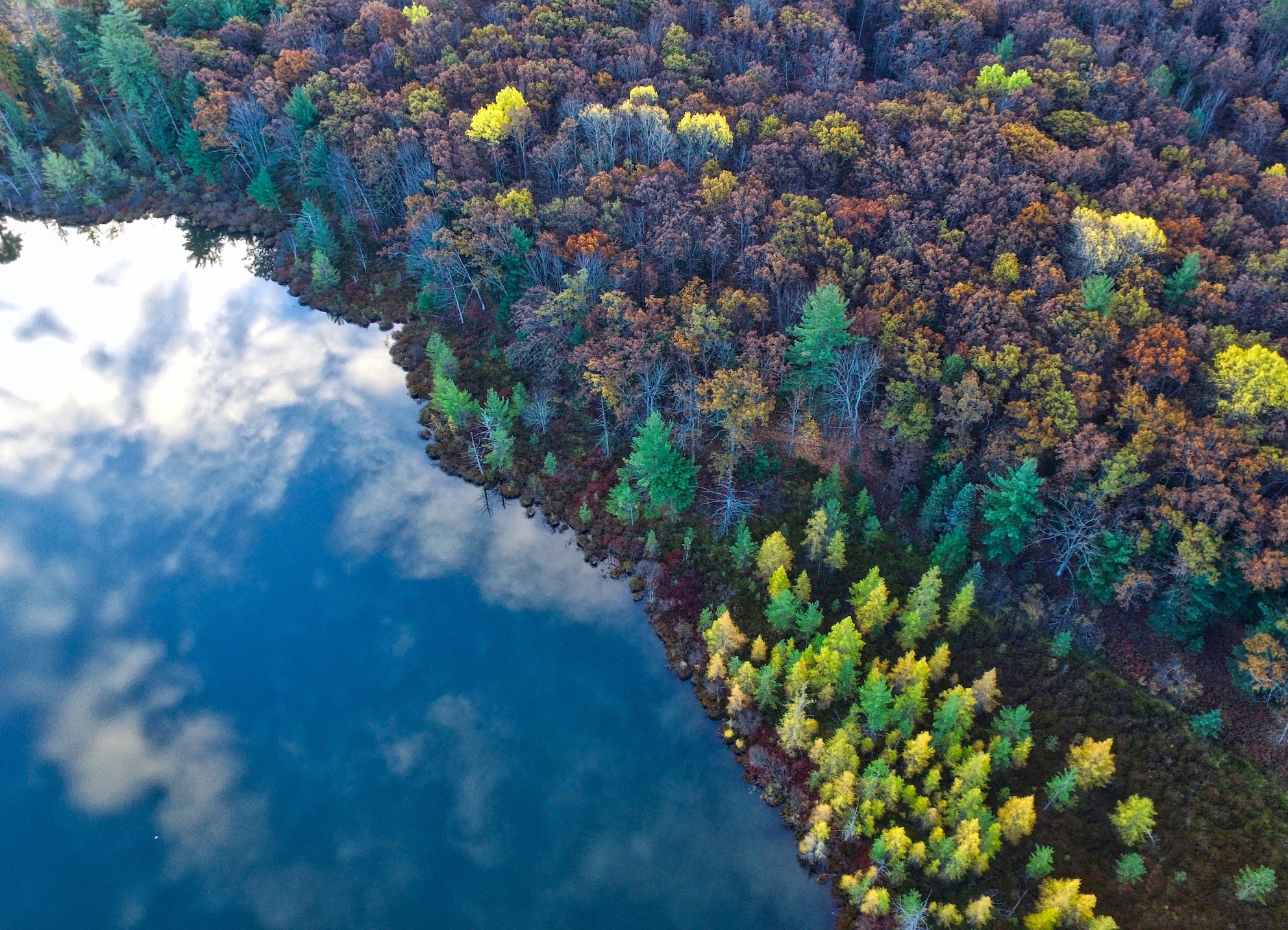26 January 2021 – By Veronica Rotman
It is undeniable that the effects of climate change disproportionately impact the poor. Climate change interferes with the full exercise of multiple fundamental human rights—like the rights to health, water, food, and housing—through its adverse effects on ecosystems, natural resources, and physical infrastructure.
Since the evolution of Homo sapiens, the earth’s dynamic climate has played a pivotal role in the accumulation, distribution, and preservation of natural resources and wealth. In order to survive and develop, societies have had to constantly adjust behaviours to the climate. Adaptability determines humanity’s ability to cope and recover from events. The largest distinction in adaptation strategies lies between developing and developed countries.
According to the Global Climate Risk Index, eight of the ten countries most affected by extreme weather events from 1998 to 2017 were developing nations. These countries are vulnerable not just to frequency of events but also in their limited capacity to deal with impact. With an increase in intensity and duration of adverse weather events, time and resources available to rebuild will decrease. The impacts of climate change, however, far exceed these broad terms. Effective public health infrastructure underpins the social and economic development, and climate change starkly affects water and sanitation, prevalence of disease, food availability, population growth, and migration.
Water and Sanitation
Over two billion people are dependent on drinking water contaminated with faeces. Water availability and sanitation is an existing issue that will intensify quickly with an increase in the global temperature. Access to reliable sources of drinking water is a fundamental human right entwined in article 25 of the Universal Declaration of Human Rights, the right to a standard of living adequate for health and wellbeing. However, this basic need is not met in many parts of the world. Contaminated water can transmit a myriad of diseases, like polio, typhoid, cholera, and dysentery as well as more-familiar diarrhoea—an illness that is laughed off in the West but causes 485,000 deaths per year in developing countries due to contaminated water. As rainfall and temperature change over time, the provision of clean water, adequate sanitation, and drainage will become even more strained.
Although rainfall is projected to increase in the moist tropic regions and higher latitudes, it is forecasted to decrease in middle latitudes and semi-arid low latitudes. In the regions experiencing reduced rainfall, river levels will drop and warmer temperatures will degrade water quality as dilution of unfavourable contaminants decreases, oxygen dissolves at a slower rate, and micro-bacteria become more active. Climate change exacerbates conditions in already drought-stricken regions, reducing access to clean water and generating drier conditions that strain agriculture and lead to more wildfires.
Disease
The effect of climate change on global disease patterns will intensify existing vulnerabilities across the world. Transmission rate and spread of rodent-borne and vector-borne diseases is expected to increase with the temperature—for example, experts have seen the rate at which pathogens mature and replicate within mosquitos accelerates with temperature. Insect population density and bite frequency also rises. A study by the University of Princeton found that mosquito abundance increases 30 – 100% with every 0.5 degree increase in temperature in the East African Highlands. According to the World Health Organization, over 405,000 people die of malaria annually with the vast majority (>97%) of deaths occurring in developing countries of Africa and Southeast Asia. As habitat distribution of mosquitos changes with the climate, human populations with little or no immunity to infections may be at risk, finding themselves in new transmission zones.
The human right to the “highest attainable standard of health” is implicated by climate change through increased spread of disease and the resulting decreased capacity of health care facilities to cope. This will disproportionately impact the poor through access to quality healthcare, both cost and availability. Malaria can be prevented through spraying DDT, using mosquito nets, taking medications, and through education surrounding stagnant water sources near the dwelling. Malaria can be treated, but most of these solutions are not available to developing countries.
Food Insecurity will Grow With Climate Change
The Climate and Food Vulnerability Index found that the ten most food-insecure countries in the world generate under half a tonne of CO2 per person—collectively 0.08% of total emissions. Crops, forestry, livestock, fisheries, and aquaculture will all be affected by rising temperatures, changes in precipitation regimes, and increased concentrations of CO2. This includes changing patterns of plant and livestock disease, affecting crop yields and agricultural production. Increased frequency of extreme weather events will destroy crops; flooding and rising sea levels will contaminate fresh water sources and agricultural land or cause salinisation and the elimination of nursery areas for fish.
Regions where subsistence farmers, Indigenous people, and coastal communities undertake small-scale food production are particularly vulnerable. This is often due to lack of access to optimal land, adequate agricultural inputs, and access to trade. Approximately three-and-a-half million annual deaths of mothers and young children can be attributed to malnutrition, low birth weights, and non optimal breast-feeding. Growth stunting due to chronic undernutrition affects one in every three children under five-years-old born in developing countries.
It is likely that some agricultural regions will benefit in productivity with the warming climate, but this is almost entirely in high-latitude developed countries that do not already have large proportions of malnutrition. The impacts of climate change on food security and malnutrition are expected to be colossal. Access to food has been recognised as a fundamental human right, and climate change can threaten this through availability, accessibility, adequacy, and sustainability of food—all elements that are already reduced in developing nations.
Migration and Resulting Conflict
Population growth is occurring in conjunction with climate change, intensifying established issues with shelter, water, and food insecurity. With more environments becoming flooded, arid, or inhospitable, large-scale population migration is likely. The UN projects that global populations will reach 9.8 billion by 2050, with roughly 83 million new additions per year. The majority of this increase can be attributed to a small number of countries. It is expected that by 2050, half of the world’s population will reside in India, Nigeria, the Democratic Republic of the Congo, Pakistan, Ethiopia, Tanzania, the United States, Indonesia, and Uganda. Eight out of nine of these are Global South nations. Most developed countries are predicted to stay in similar numbers and would even decline slightly if not for the expected migration from developing countries.
Drought increases and desertification of arid environments will cause population migration into urban areas from drought-hit, rural areas. Sea levels are rising as a result of both ice-cap melt and oceanic thermal expansion associated with climate change and will be a prominent driver of large-scale population displacement all around the world.
Impacts will be felt most severely in densely-populated, low-lying river deltas including the river delta of Bangladesh. The IPCC reports that nearly one million people will have to migrate by 2050, growing to over two million by 2100 due to sea level rise.
For some countries it is quite simple: elevate or relocate. But both of these solutions bring a myriad of problems, especially on a large scale.
Responsibility of Developed Nations
The wealthy countries of China, the United States, and the European Union are the world’s top emitters of fossil fuels and contribute over half of global emissions. The reality is the countries that will suffer most gravely are those that have contributed least to the problem. These top emitters contribute 14 times the emissions of the bottom 100 countries. Without substantial action from these countries, the world will struggle to tackle climate change. Questions must be raised about international justice and the violation of human rights.
The disproportionate responsibility of climate change across the world must be represented at an international political level. And the pressure must be put on those key players. This is the focus of some UN initiatives including the Paris agreement and Sustainable Development Goals. Industrialised, wealthy nations are not spared the effects of climate change. On the contrary, climate change exacerbates inequities here as well. Ultimately, climate change gives Western nations a heavy hunch of responsibility. We have the resources, science, and technology to change the trajectory; the Global South often does often not.
Corporate responsibility must also be addressed. Worldwide, 100 fossil fuel corporations are responsible for 71% of all industrial emissions. Even if corporations agree to emissions reduction targets, they often fail to include the emissions associated with the entire life cycle of products—from upstream emissions associated with extraction, production, and processing to the downstream emissions of product use and disposal. Some companies will only include emissions associated with their own facilities, which can be an extremely small proportion of the total. The devil is in the details. It should be a requirement for all corporations to accurately measure emissions and report them with full transparency. These should be reviewed externally and held to accord in emission reduction targets.
Individual actions are important for the climate movement, but corporations have the ability to influence consumer habits, drive policy change, and respond quickly and boldly to the climate crisis. We must hold them accountable.
At this stage in time, industrialised nations are demanding developing countries spend their scarce resources on adaptation and coping strategies to survive. These resources should be spent dealing with existing problems, not those exacerbated by climate change. Aotearoa, as one example, must step up to put pressure on corporations as well as other developed nations to do the same. The Zero Carbon Act was a significant step in Aotearoa, accounting for a climate commission, periodic risk assessments, and national adaptation plans; however, it fails to make the unequivocal link between climate change and human rights—a valuable tool that could escalate action. We have set emission reduction targets, we have raised expectations, but it is still not reflected in a demonstrable, measurable reduction of CO2.
Measurable progress speaks louder than targets, and emissions must be reduced to net zero. Only then will we gain the respect and leverage necessary to encourage significant action in other Western countries. Empathy is an innate human attribute, and if we could prevent the incomprehensible suffering of millions, would we not? Those in developed nations will still find that climate change will cause disruption and discomfort, at best; but the poor will suffer gravely.
This article was originally published by Human Rights Pulse on 22 January 2021 as part of our January 2021 collaboration with E&U for the Climate and Human Rights Pulse on Environmental Justice and Human Rights.

Veronica is a marine scientist with interests in the interrelationship between human rights, climate change and the environment.







